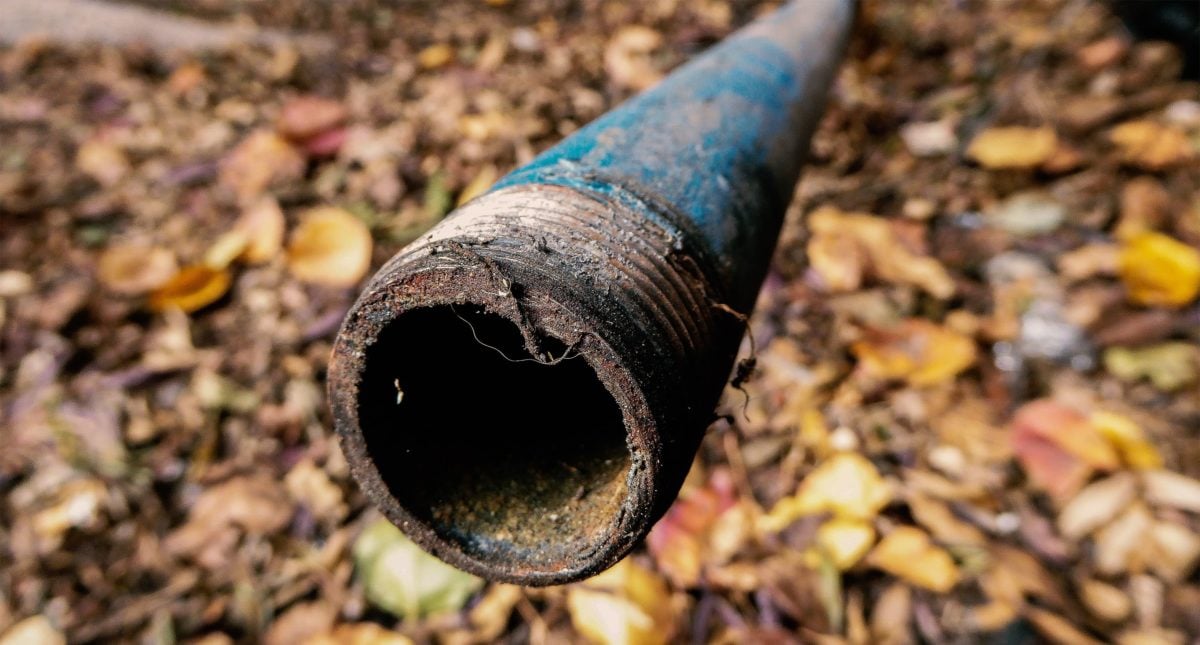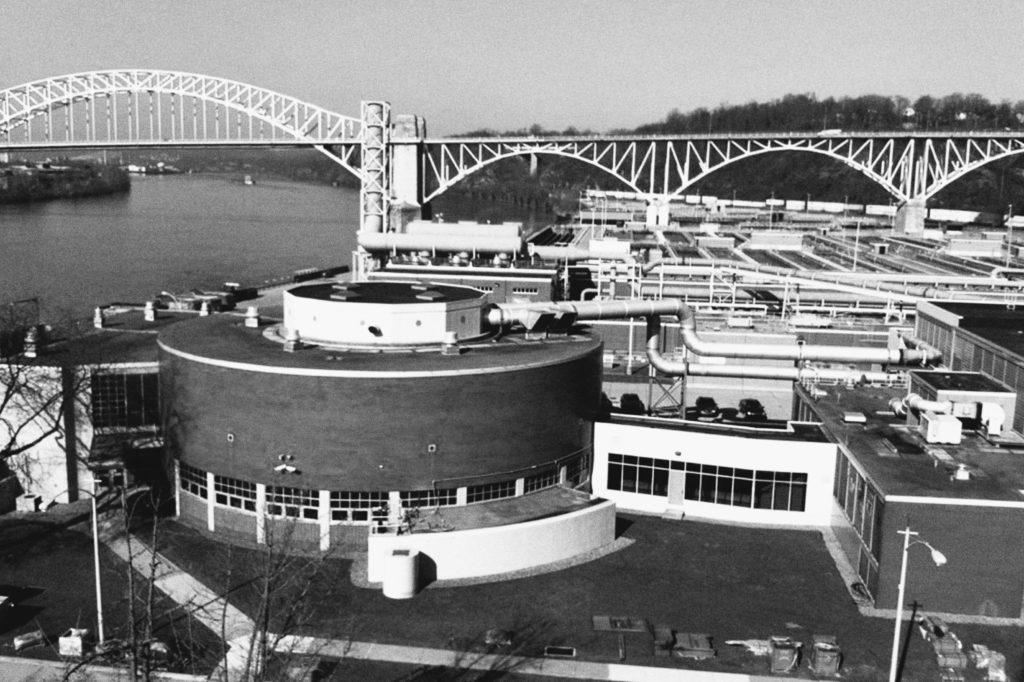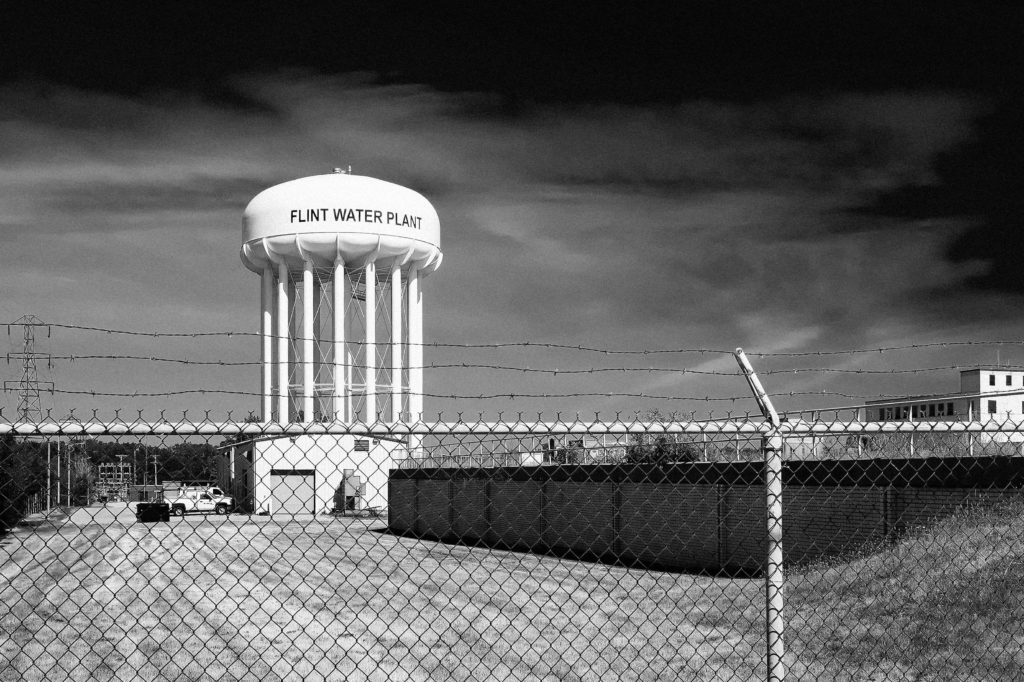We Need To Get The Lead Out. Now.
Published Jun 29, 2022

This summer, a Congressional caucus is investigating our country’s lead crisis. Here’s what’s at stake, and how we can finally get the lead out of our pipes.
We’ve heard this story so many times, it’s lost its shock. Lead found in our cities, our neighborhoods, our schools, our plumbing. Since the scandal in Flint, Michigan came to light in 2016, lead in our water has been a running story in our newsfeeds. And no wonder — every state in the country has lead service lines.
A reminder: there is no safe level of lead in drinking water, and it’s especially dangerous for children. It can lead to developmental disorders, damage to the nervous system and blood cells, and more. In 2021, out of a million children in the U.S. tested, half showed detectable levels of lead in their blood. Lead exposure is much more likely for poorer children and children of color, reinforcing historical inequities.
Replacing lead lines is a human rights issue, a public health issue and a social justice issue. Yet, our elected officials have dragged their feet on full funding to fix this problem. Meanwhile, corporations are targeting municipal governments for privatization — which only stands to worsen the crisis.
The Link Between Lead And The Loss Of Local Control
Flint’s lead crisis began when a state-appointed emergency manager took control of the city and changed its water source, supposedly to cut costs. Then-Governor Rick Snyder used the state emergency manager law to strip majority Black cities of democratic decision-making. This put money for bondholders before the health and wellbeing of residents. Immediately after the switch, residents raised the alarm about the gross, discolored water. The state emergency manager’s response? To repeatedly insist that the water was safe to drink.
In 2014, Veolia, the world’s largest water corporation, was hired to study Flint’s water system and offer advice. It told the city that the water was safe. Now, the company faces a lawsuit from Flint children who were poisoned. It wasn’t until October 2015 that public health community organizing and advocacy got the emergency manager to switch the water supply back.
After Flint’s crisis came Pittsburgh’s. Pittsburgh also relied on a deal with Veolia that failed to protect public safety. As in Flint, the City was strapped for cash. The American Society of Civil Engineers estimated the City needed billions of dollars to get its water system up to snuff. So Pittsburgh called on Veolia to cut costs and manage the system.
Veolia’s contract with Pittsburgh, as with many of its other clients, paid the company a percentage of the savings it touted. This explicitly incentivized Veolia to cut costs as much as possible. One of the items on the chopping block during its tenure was water treatment. The system switched to a cheaper corrosion control chemical — a change made without necessary state approval. And the consequences, as in Flint, were dire. Lead contamination surpassed the EPA’s action levels, or the level at which water systems must take action. It blew past the level of contamination deemed safe by public health officials — that is, zero.
We Need Clean And Affordable Water
Nationally, privatization is wreaking havoc on our water supply. On average, utility bills are 59% higher for those on private systems versus public. At the same time, the incentives for quality plummet. Cutting costs for profit means cutting corners. Ultimately, residents pay the price.
This summer, Rep. Rashida Tlaib led a tour of Michigan for the “Get The Lead Out” Caucus. The caucus is digging deeper into the issue of lead in our drinking water through research and conversations with residents on the ground. As they prepare recommendations for the House, we need to make clear our demands for clean, affordable, lead-free water.
Get the lead out in…
Pittsburgh, Pennsylvania
In 2016, 17% of Pittsburgh houses were turning up with lead contamination above the EPA’s action level. Since then, the local water authority has replaced 52-miles-worth of public and private lead service lines. However, the City has much more work ahead of it. About 8,000 service lines still need to be replaced, with aims to finish by 2026. Meanwhile, about 400 children are diagnosed with lead poisoning in the City each year.
SCROLL SIDEWAYS TO NAVIGATE

Get the lead out in…
Washington, D.C.
Washington, D.C.’s lead crisis began in November 2000 when the D.C. Water and Sewer Authority changed a water treatment chemical. Lead rose to dangerous levels among the city’s 25,000 residences with known lead service lines. The DCWSA tried downplaying the risks of lead. They knew the lead levels were elevated in 2002, but the public didn’t know until the Washington Post published an exposé in 2004. By failing to properly notify the public, DCWSA violated our national lead-in-water rule. Now, twenty years later, NRDC estimates that D.C. has almost 32,000 lead service lines. The District’s officials and utility company have taken little action to address the ongoing threat.

Get the lead out in…
Benton Harbor, Michigan
Since 2018, lead testing has revealed dozens of homes in Benton Harbor with dangerously high levels. Last fall, a coalition petitioned the EPA for emergency action to bring those levels down. In response, the Governor signed an executive order to give residents alternative water and filters. It will cost $30 million to replace the City’s service lines, as nearly all were confirmed to have lead or could possibly have lead in 2020. By June 2022, two-thirds of the city’s lead service lines had been replaced. Residents continue to call for a stronger response to the crisis, including faster assistance to replace all lead service lines.

Get the lead out in…
Flint, Michigan
Eight years have passed since Flint’s water crisis shone a national spotlight on the lead in our pipes. Yet, Flint residents still struggle with untrustworthy water and unaffordable water bills. In 2015, tests showed that Flint’s water exceeded 25 ppb of lead in most samples, with some reaching over 100 or even 1,000 ppb. City and state officials repeatedly insisted the water was safe to drink, but local organizing forced the emergency manager to switch back water sources. Flint is aiming to finish all lead service line replacements by September 2022.

A Strong Lead-in-Water Rule
By October 2024, President Biden’s administration has promised a stronger Lead and Copper Rule. For years, community groups have urged action to fix the broken lead-in-water regulation. Our government needs to lower the action level as close to zero as possible, improve sampling and require full lead service line replacement within a decade. These changes will help ensure that we get lead out of our water.
At the same time, communities must get the funding they need to ensure everyone can access clean water — water that isn’t poisoned by lead.
A Solution In The WATER Act
The Bipartisan Infrastructure Bill directed $15 billion a year for lead service line replacements. It distributes about half of that through loans instead of grants dedicated to disadvantaged communities. This is not enough. In fact, it’s only a quarter of what the water industry says we need to replace every lead service line in the country.
We have another option — the Water Affordability, Transparency, Equity and Reliability Act led by Reps. Brenda Lawrence and Ro Khanna and Sen. Bernie Sanders. This legislation has more than 100 cosponsors in the House of Representatives and 6 in the Senate. The WATER Act would dedicate $35 billion each and every year to update our water systems, including replacing lead service lines. It would send $1 billion a year specifically to schools to improve water pipes and fixtures. And, the WATER Act is the only water funding proposal that explicitly calls for water to remain in public hands.
Call on Congress to support the WATER Act.
Enjoyed this article?
Sign up for updates.
TO TOP


